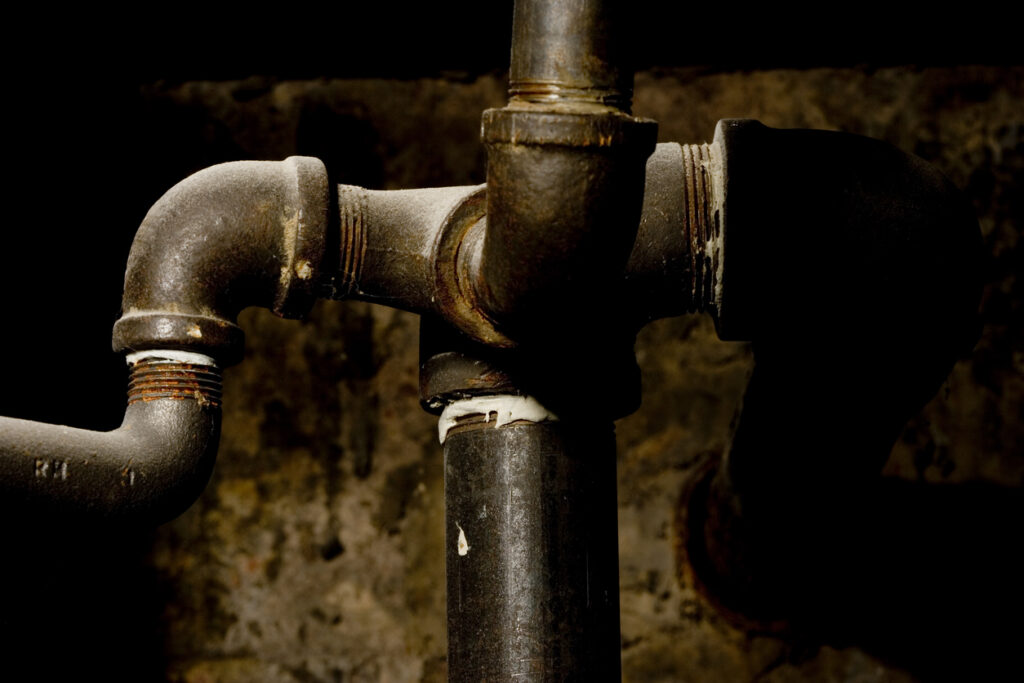Can Reverse Osmosis Remove Lead?
Quick Summary: Southern California’s water comes from imported sources, local reservoirs, and groundwater. While treated for safety, lead can still leach in through older pipes and fixtures. Reverse osmosis systems remove up to 99% of lead and other heavy metals, delivering safer, fresher-tasting water. Culligan of Southern California offers free water testing and custom RO solutions for regional households.
Across Southern California, residents face a variety of water quality concerns, from hard water to PFAS and other contaminants. One issue that still affects many households is lead in drinking water. Even though water is treated by regional providers like the Metropolitan Water District, local agencies, and groundwater facilities, lead can still enter through older plumbing and fixtures.
That’s why many Southern California families ask: can a reverse osmosis system remove lead from tap water?
Why Lead Is a Concern in Southern California Water
Lead rarely comes from the source itself. Instead, it enters drinking water as it passes through lead service lines, pipes, or fixtures in older homes and buildings.
Across Southern California, neighborhoods built before the 1980s are at higher risk.
Even trace amounts of lead are unsafe. The EPA’s maximum contaminant goal for lead is zero, because exposure can cause:
- Lead poisoning in children – developmental delays, learning issues, and behavioral problems
- Health risks in adults – kidney issues, high blood pressure, and cardiovascular problems
- Long-term impacts – serious risks even at low levels of exposure
Given the region’s mix of older and newer housing, many households turn to water treatment for peace of mind.
How Reverse Osmosis Removes Lead
Reverse osmosis (RO) is one of the most effective methods to reduce lead in drinking water. Using a semipermeable membrane, RO systems block contaminants like heavy metals while allowing water molecules to pass through.
A standard RO system includes:
- Pre-filtration – Activated carbon removes chlorine and other impurities.
- RO membrane – Removes up to 99% of lead, as well as arsenic, nitrates, PFAS, and dissolved solids.
- Post-filtration – Final filters improve taste and clarity.
This process delivers cleaner, safer, and better-tasting water for everyday use.

Reverse Osmosis vs. Other Filtration Options
While reverse osmosis systems are excellent for drinking water, Southern California households often combine them with additional solutions:
- Whole house water filters – reduce chlorine, sediments, and other contaminants throughout your home
- Under counter water filters – compact systems for kitchens or high-use sinks
- Water softeners – treat the region’s widespread hard water, protecting appliances and plumbing
Together, these systems provide comprehensive water protection.
Why Southern California Homeowners Choose Reverse Osmosis
Adding reverse osmosis to your home offers several important benefits:
- Health protection – reduces exposure to lead and other heavy metals
- Improved taste – fresher water for cooking, coffee, and ice
- Peace of mind – protection against hidden risks from older plumbing
- Appliance longevity – cleaner water helps extend the life of dishwashers, faucets, and coffee makers
Culligan Reverse Osmosis Solutions for Southern California
Culligan of Southern California provides reverse osmosis systems tailored to the region’s unique water challenges. With advanced RO membranes and activated carbon pre-filters, our systems reduce lead and other contaminants while improving taste and quality.
We also offer:
Should You Install an RO System?
Lead may not start at the treatment plant, but it can still reach your home through aging plumbing and fixtures. Reverse osmosis systems are proven to reduce lead and other heavy metals, providing safer, fresher-tasting drinking water. For complete home coverage, pairing RO with whole house water filters ensures protection from every tap.
Schedule a free water test with Culligan of Southern California to find out what’s in your water and how to address it.
